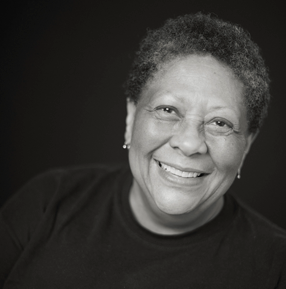Rev. Christopher Rush, 1835
The white folks were restless again last night.
All we could do was keep the faith, and wait.
My first parishioners started arriving at sunset,
having heard rumors, and reluctant to stay at home.
Our shadows danced in the sanctuary’s candle-flames
as audible whiffs of pandemonium
drifted to us, like smoke from distant fires.
With most of the village in, I locked the doors.
I asked everyone to bow their heads and pray.
Pray for this nation’s struggle to be free
for ALL Americans. Equality
must be bitter, if you’ve always been on top,
and you’re slapped awake out of a lifelong sleep.
Pray we’ll pull together toward a common hope.
… Hundreds of voices raised.
Could that be drums?!
That was a firehouse bell …
That was a scream!
Near dawn. The children and some mothers sleep;
roosters crow morning, a couple of yard-dogs yap,
the songbirds choir. The violence has stopped.
I step out into every day new light.
My little flock has weathered a wild night.
But someone somewhere is less fortunate.
Tim Seaman comes out, nods, and finds a tree.
Would every now held such tranquility.
There were many anti-abolition riots in New York City in 1834–45. White mobs attacked targets associated with abolitionists and African Americans. People were beaten. More than seven churches were damaged, many of them belonging to African American congregations.
Credit
Copyright © 2015 Marilyn Nelson. Published with permission of Namelos Editions.
Date Published
01/26/2016

